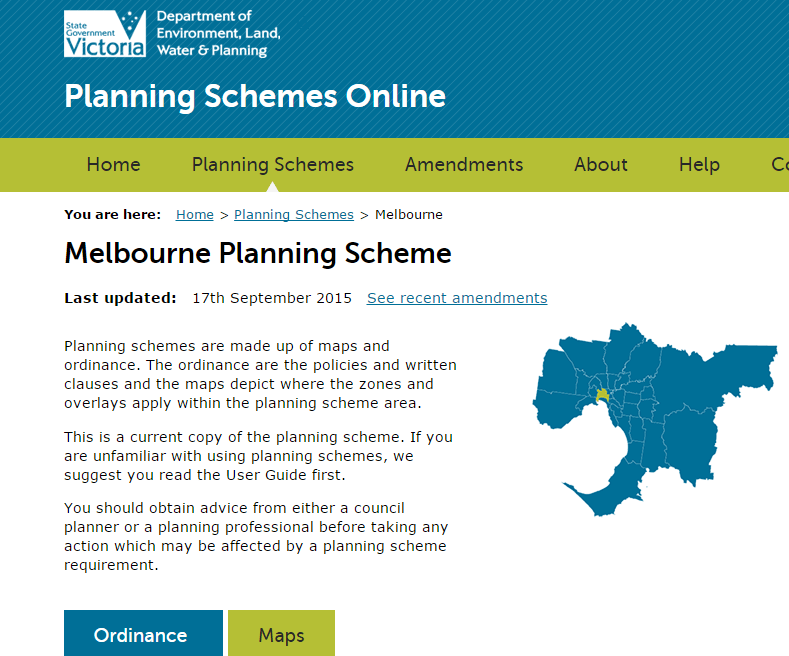C262 clarification session with the DELWP: what I learnt
If you read the Schedule to DDO10 you probably have some questions, like many of my clients do.
Most of the controls are very clear in the Schedule to DDO10. They include height, set back and plot ratio. Some are unclear and dangerously open to interpretation.
On September 16 I attended an information session with the highly articulate Larry Parsons, Director of Development Approvals & Urban Design Development at the Department of Environment, Land, Water & Planning (DELWP). Here is what I learnt:
Plot Ratio
The plot ratio is a calculation of the gross floor area (GFA) divided by the site area. The GFA includes all covered areas above the ground, despite their use. This was chosen to encourage developers to put car parks and services in the basement.
The schedule allows for a greater than 24:1 plot ratio if the site is of “state significance”. The Minister will decide this. The example given was Federation Square East.
You can also exceed 24:1 if you can demonstrate “public amenity improvements”. To achieve this, the additional amenity needs to be in line with state policy. The examples given were a new park in a location where the policy wants it. Alternatively, if state policy called for a new library, this might be considered.
The design objectives
To ensure development supports a high quality of pedestrian amenity in relation to human scale and microclimate conditions within the public realm including acceptable levels of sunlight access and wind.
Schedule 10 to the Design and Development Overlay, Melbourne Planning Scheme
This clause is open to interpretation. There is no definition for “high quality of pedestrian amenity” and “human scale”. We learnt that pedestrian amenity and human scale is different in the CBD than the suburbs, and fundamentally you will satisfy this requirement if you keep the street wall under 40m and respect the streetscape of heritage places.
To provide a high level of internal amenity for building occupants.
Schedule 10 to the Design and Development Overlay, Melbourne Planning Scheme
There is no definition of “high level of internal amenity” in the planning scheme. We were told that this would be defined at a later date. I personally believe planners will use this clause to force developers to provide large luxury apartments and will ultimately eliminate affordable apartments.
The OVGA’s role
My previous comments about the Office of the Victorian Government Architect (OVGA) were wrong. They have no formal role in the planning scheme. They are an independent advisor to the Minister. I now know that the OVGA will have their role formalized once the new Government Architect is appointed. We can expect them to have strict timeframes applied; the Design Review Panel will see only significant projects (the criteria of these reviews are yet to be decided).
There will be a panel of experts advising the state, council and OVGA on the controls. It will consist of economists, planners, lawyers, wind consultants, overshadowing and scenario testers.
Setbacks
Setbacks will not be raked or become a “wedding-cake” from podium up. We were told taller buildings need bigger gaps from the top to the podium.
You can buy air rights over your neighbour. This effectively moves your side boundary setbacks over to the neighbour’s boundary. The permit will not be granted until evidence of this land transaction can be proved. You don’t need to combine the titles beforehand.
The involvement of Melbourne City Council
Melbourne City Council (MCC) will be involved in the same way they are now.
- The Minister is not obliged to take MCC’s advice.
- MCC can take the Minister to the Victorian Civil and Administrative Tribunal (VCAT) if they disagree.
- MCC now has a strict 28 day timeline to provide their advice.
What happens after the interim controls?
When the interim controls end there may be a bonus scheme to increase the plot ratio. It was highlighted that the 24:1 might become lower and you actually need the bonuses to get back up to 24:1. Or they might add it to the 24:1. The appropriateness of 24:1 will be tested over the coming year.
The mandatory height controls in the central areas not covered by DDO10 are very unlikely to become discretionary. This is because of the potential amenity impacts.
Craig Yelland is a director of Plus Architecture.
